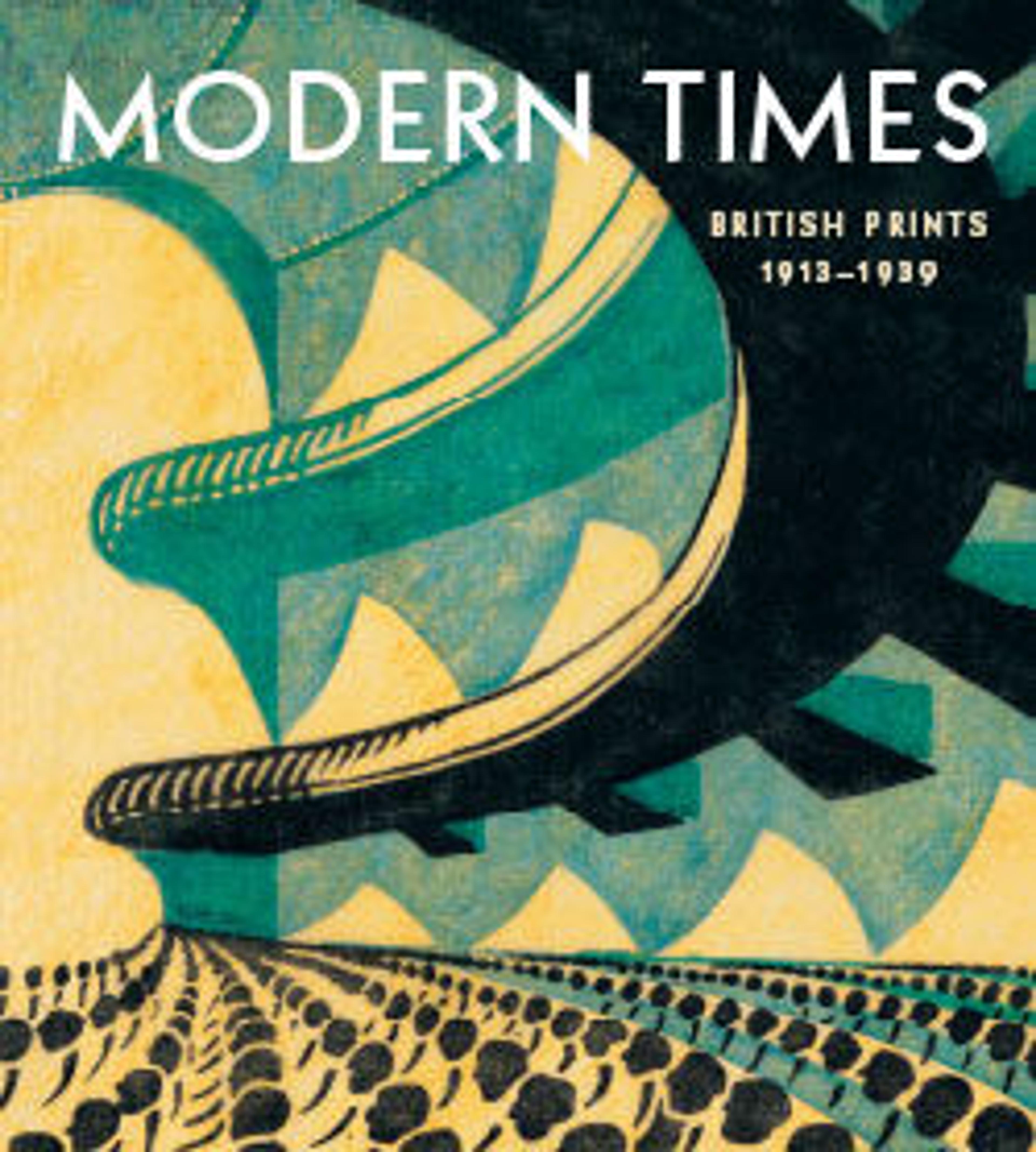Sledgehammers
Andrews worked as a welder constructing airplanes during World War I. Sledgehammers was based on a memory from this time of seeing blacksmiths at the forge. In this vividly colored linocut, she extended and contoured the men’s bodies to convey a feeling of monumentality and eliminated the anvil, metal, and anything that might detract from the image of pure physical force. Arms and hammers appear as a single instrument of power, and the sensation of repeated blows and coiled energy radiates across the surface. The circular formation and rendering of force and motion reveal the ongoing influence of Futurism. By the time Sledgehammers was made, machines had largely replaced many traditional tools and practices, such as those depicted here, yet Andrews presents her laborers as representative of modernity.
Artwork Details
- Title:Sledgehammers
- Artist:Sybil Andrews (Canadian (born England), Bury St. Edmunds, Suffolk 1898–1992 Victoria, British Columbia)
- Date:1933
- Medium:Color linocut on Japanese paper
- Dimensions:Image: 10 3/8 × 12 7/16 in. (26.4 × 31.6 cm)
Sheet: 11 1/2 × 14 1/4 in. (29.2 × 36.2 cm) - Classification:Prints
- Credit Line:Purchase, Leslie and Johanna Garfield Gift, Lila Acheson Wallace, Charles and Jessie Price, and David T Schiff Gifts, The Elisha Whittelsey Collection, The Elisha Whittelsey Fund, Dolores Valvidia Hurlburt Bequest, PECO Foundation and Friends of Drawings and Prints Gifts, and funds from various donors, 2019
- Object Number:2019.592.4
- Rights and Reproduction:Reproduced with permission of Glenbow Museum
- Curatorial Department: Drawings and Prints
More Artwork
Research Resources
The Met provides unparalleled resources for research and welcomes an international community of students and scholars. The Met's Open Access API is where creators and researchers can connect to the The Met collection. Open Access data and public domain images are available for unrestricted commercial and noncommercial use without permission or fee.
To request images under copyright and other restrictions, please use this Image Request form.
Feedback
We continue to research and examine historical and cultural context for objects in The Met collection. If you have comments or questions about this object record, please contact us using the form below. The Museum looks forward to receiving your comments.
